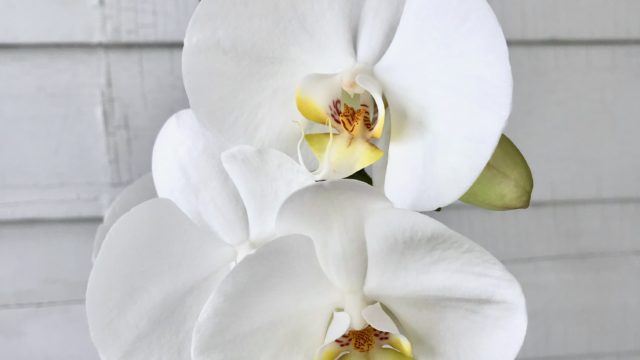
After many years of a love/hate relationship with the Phalaenopsis orchid, I now have four gorgeous girls who bloom constantly, multiple times a year, with flowers lasting weeks at a time. I know, I’m just as shocked as you.
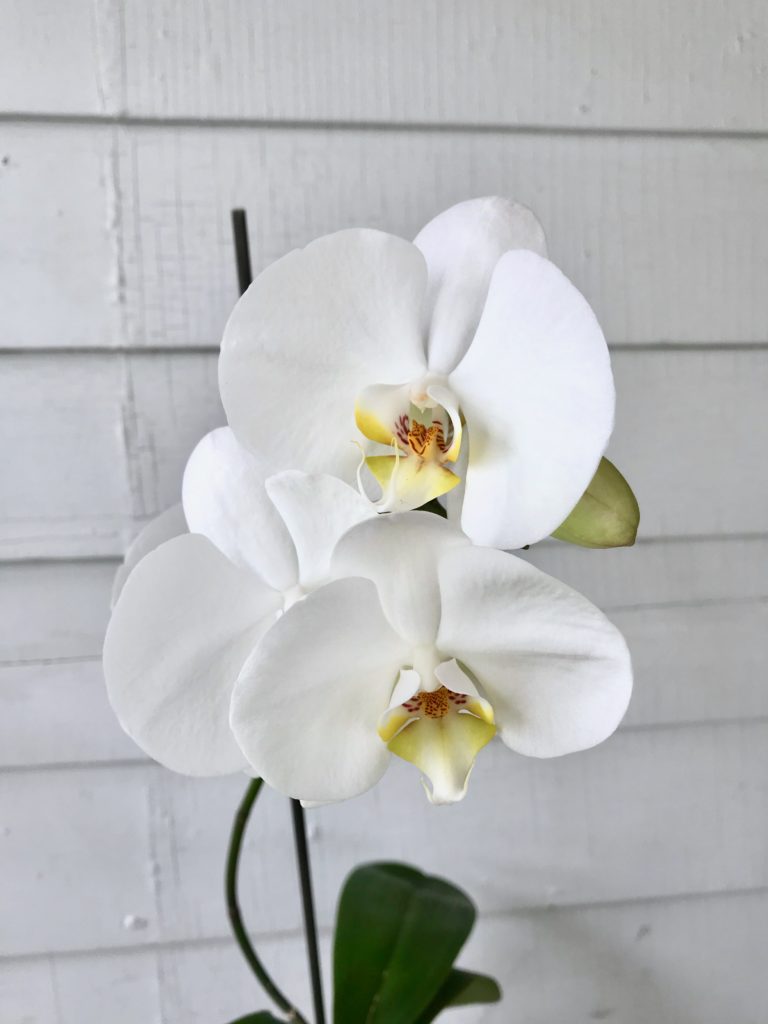
I state this not to flaunt it, but to encourage you that it’s possible to get your orchids to bloom like this too. It’s easy actually, it came down to one thing – sun. Orchids freaking love sun. Like, more than you think. Your brightish bathroom window? Probably not enough. West kitchen windowsill? Definitely not enough. These babies need Africa sun all. the. time to give you them legendary orchid blooms.
A Bit About Phalaenopsis Orchids
Phalaenopsis orchids are also called Moth orchids and are one of my favorite flowering indoor plants. They’re safe for pets too, so once I realized I didn’t hate them I continued to fill my cat-loving home with more. Mind you there are thousands of types of orchids, but I’m just talking about Phalaenopsis orchids since they’re the most common.
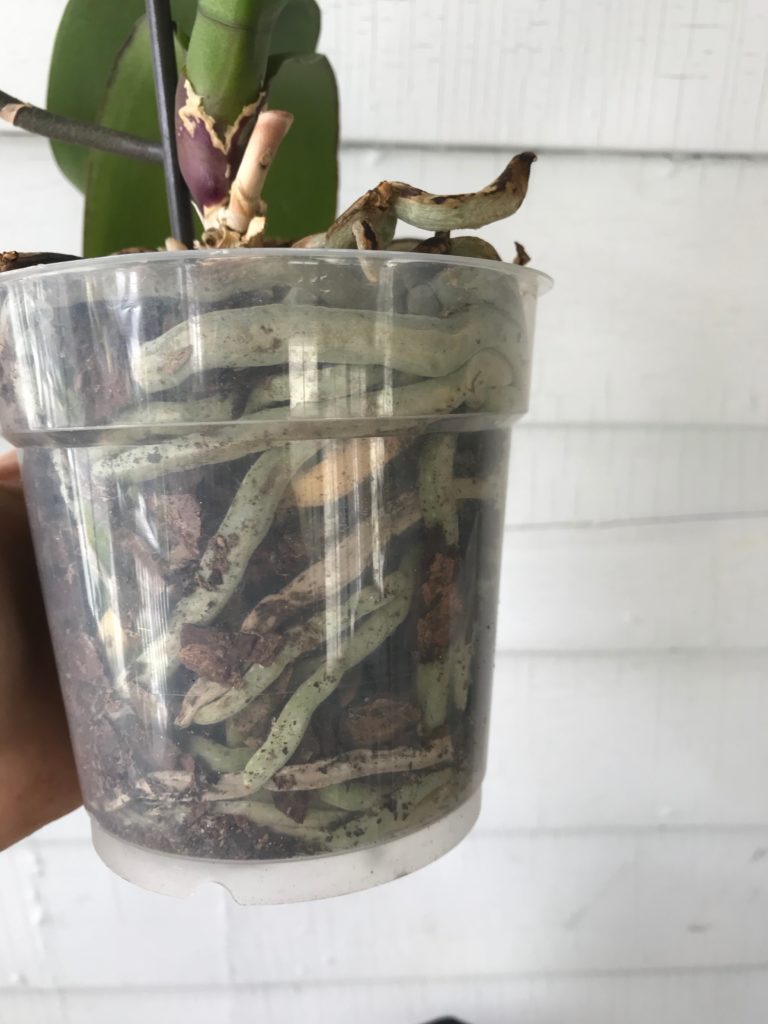
These orchids are epiphytic, which means actually grow on trees in nature. This is partially why they need to be potted in designated “orchid mix,” a planting medium of chunks of tree bark. They need plenty of space and aeration for their roots to expand and grow.
Orchid flowers develop on something called a spike. This spike comes up from the leaves and continues to grow upwards. These are what those bamboo sticks orchids come with are holding up.
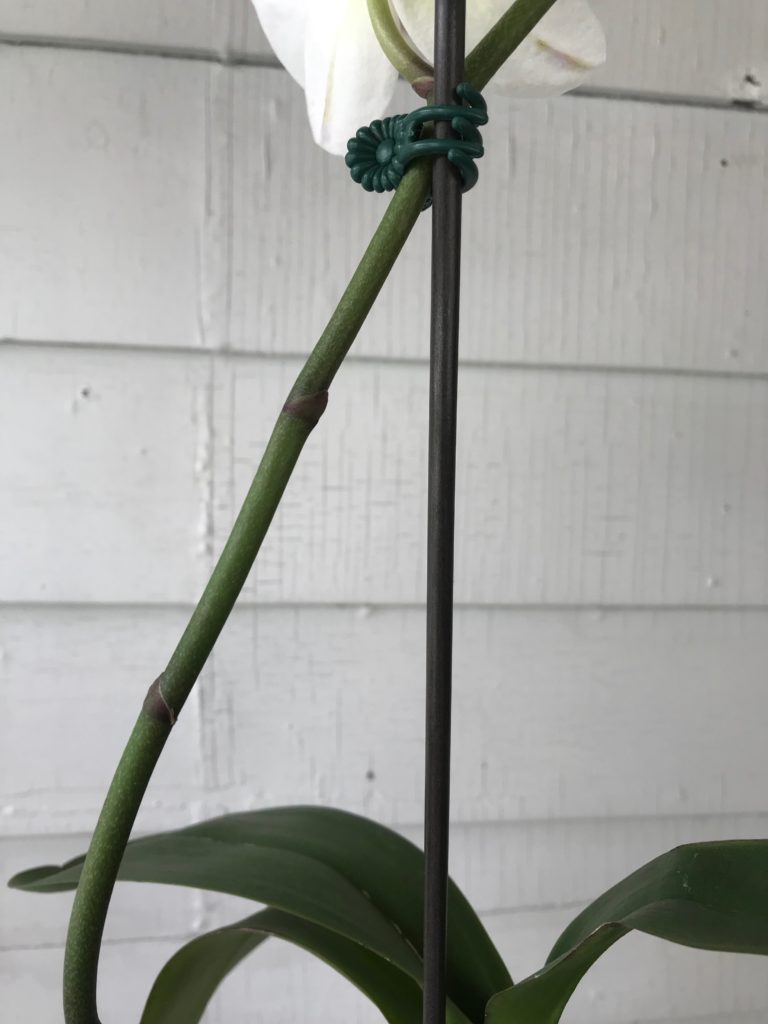
Phals are also the orchids you see most often in stores like IKEA and Lowe’s. Typically they’re in-bloom on the shelf and came from a bright greenhouse that kept them happy. During their stay at the store, they are usually under artificial light or in with masses of other plants which does not offer them enough light. Eventually they finish blooming and end up with brown stalks and floppy leaves, on the clearance rack. I’ll be doing a post on how to rescue these types of orchids later.
Simple Orchid Care
I say “simple” because I feel like Phalaenopsis orchid care differs on every site, some have good information, others are not so helpful, and this is frustrating. Don’t even get me started on Facebook groups, which houses a cesspool of misinformation from people guessing and assuming. Ugh. At the end of the day, caring for these friends is pretty simple.
For orchids to bloom and be generally happy they need the following:
Sun: Bright sun. Not crazy direct sun (like the kind that will burn fleshy skin) but bright sun for many hours of the day. A few feet from a well-lit window is great. There’s rumors that orchids like shade and low light and I say Bah. Orchids become miserable and depressed in dark cold corners but can tolerate bright artificial light or even grow lights. Houseplantjournal does a great job explaining light in foot candles, and for orchids, I never go less than 300.
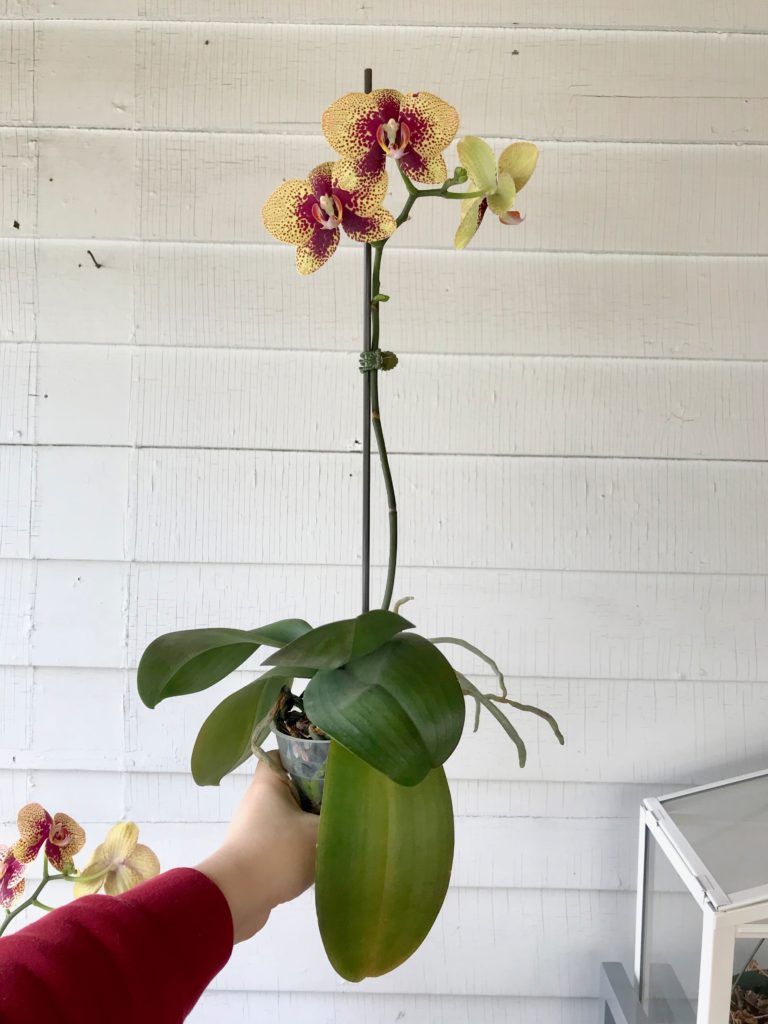
Temperature: This is oddly important. Orchids light warm days and cool nights, that’s what gets them to bloom. I, not joking, have mine near a bit of a drafty window. In winter, they stay there, in summer they stay there. These orchids love bright sunny mornings and afternoons and need a cooler temperature to bloom during the summer. In winter they never quite go dormant, but appreciate the cool air. If anything, err on cooler then warmer. It’s weird I know, but this from my trial and error in my early orchid-parenting days. When happy a little spike will come up like this (see below).

Humidity: They don’t need crazy humidity, but appreciate steady humidity, and not dry air. This is partially why orchids like climate controlled offices – they tend to do better with constant, un-changing humidity levels. Personally I don’t worry about using a humidifier in winter, they’re just fine.
Soil: Use the orchid mix, not regular potting soil. You can also convert your orchid into Water Culture, which is an orchid, sans soil, sitting in water. I’ll talk about this in yet another post. I should probably write an orchid book.
Feeding: I feed my orchids only when they’re pumping out flowers and leaves. Personally, I feed them Jack’s fertilizer (which I really only use) slightly diluted, twice a month during peak growing times.
Pots: When you buy an orchid, normally they come in a clear plastic pot which is then placed inside some other vessel. This clear plastic pot has holes and slits all over and makes you wonder why they chose this annoying design. This design is actually great and roomy for orchid root development and makes watering easier.
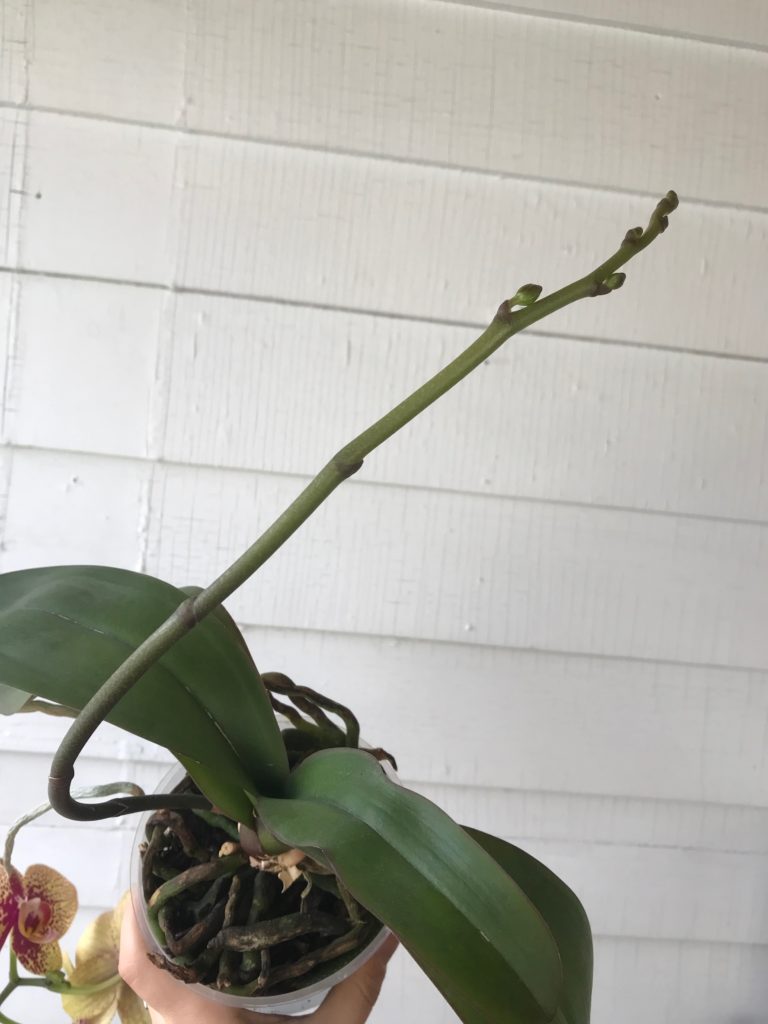
Let’s Talk About Watering
This is the topic where most of the misinformation happens. Use ice cubes or don’t? Water once a week or once a day? When does an orchid need water? Does an orchid need water? When I first learned about orchids I was going insane.
Here’s the deal:
You can water with ice cubes. I did it for a while and I’m not afraid to admit it. While it doesn’t hurt the orchid at all (and actually waters it) it does damage the top roots which is not so great. Eventually these roots dry up and have to be cut off so it’s best to leave ice cubes for a Gin and Tonic or as a remedy for a face pimple.
Water once a week or every day? Well first, it’s almost never once a day, that’s way too much. I water my orchids, which are in very bright light, once a week and use a method I call, bottom soaking. I don’t know what the actual term is but I pull all of my orchids out of their ceramic orchid pots and leave them naked in their plastic containers. These then go into a tub. I put about one inch of water in the bottom and let them all soak it up for a few hours. Magically, most of the water absorbs and I return everyone to their respective ceramic homes. Super easy, less mess, and no ice cube drama.
Watering consistently is key to getting orchids to flower – I water them when the soil mix is noticeably dry to the eye and the whole plant is pretty light. If you let them really dry out, the leaves will get wrinkly and sad and, if you water too often, they will turn yellow and fall off in a depressing manner.
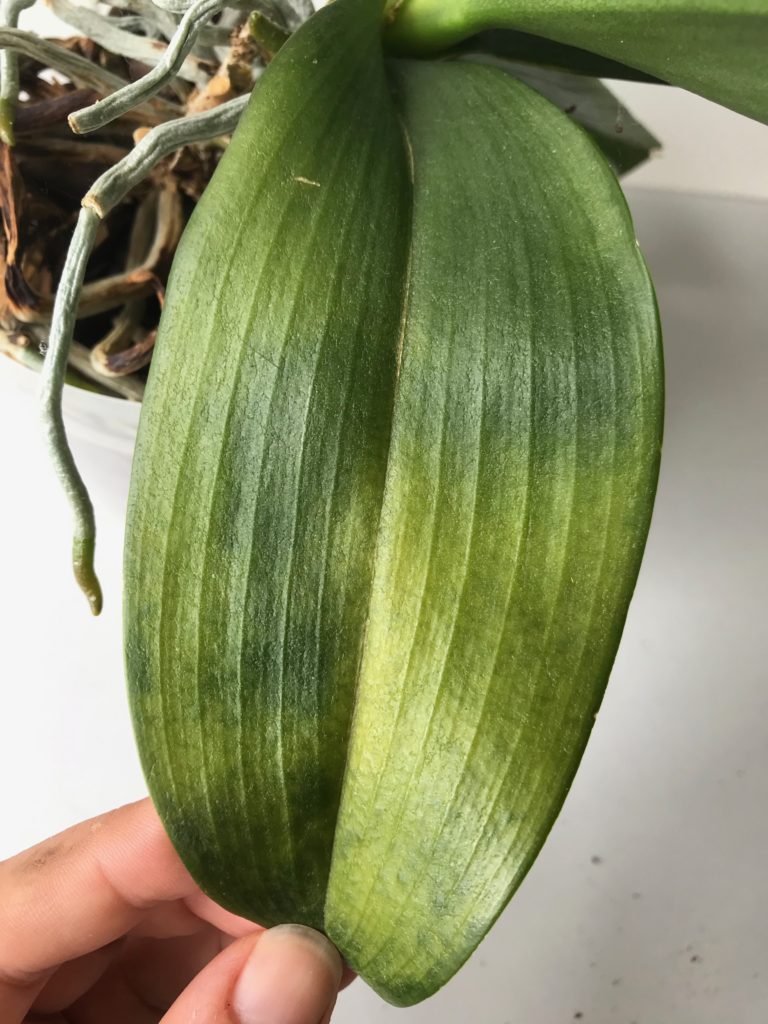
Getting Those Babies to Bloom
Part of my hatred with orchids initially was not known when to water, how to water, how much sun – basically all the things that, you know, orchids needed. It’s what prevented my orchids from blooming and left me angry never wanting to deal with them again.
So, taking everything I explained thus far into consideration, you are well on your way to getting your babies to bloom. Here’s a checklist for you for your convenience and because I’m an overachiever.
- After acquiring orchid, inspect roots, make sure they are green, shiny and plump. Make sure leaves are firm and free of pitted or burned areas. Split leaves are okay. Keep the orchid in the plastic clear pot it came in.
- If you are acquiring a clearance rack orchid with no blooms, you may see spikes that are brown and on the plant still. These can be cut right at the base by the leaves (see photo below).
- If you purchase an orchid with blooms on the plant, make sure they’re healthy; any unbloomed flowers usually bloom in a week or two.
- Put in a bright location on a sturdy surface. They notoriously fall over, especially when clumsy and uncaring cat tails are involved.
- If soil looks dry, use my soaking method to rehydrate the bark and roots.
- Now wait. Orchids don’t bloom that quickly, but if your new orchid did not have blooms when you bought it expect to see a new spike developing soon.

Yay My Orchid Bloomed! Now What?
Congrats! You’re orchid is blooming. I told you you could do it. Here’s a gold star.
Phalaenopsis flowers typically last a few weeks. They will shrivel and die off quicker if you let the plant dry out, so during flowering it’s important to keep track of how often you’re watering. Flowers should be beefy and bright. Sometimes small spots will appear on white orchids that look like this:
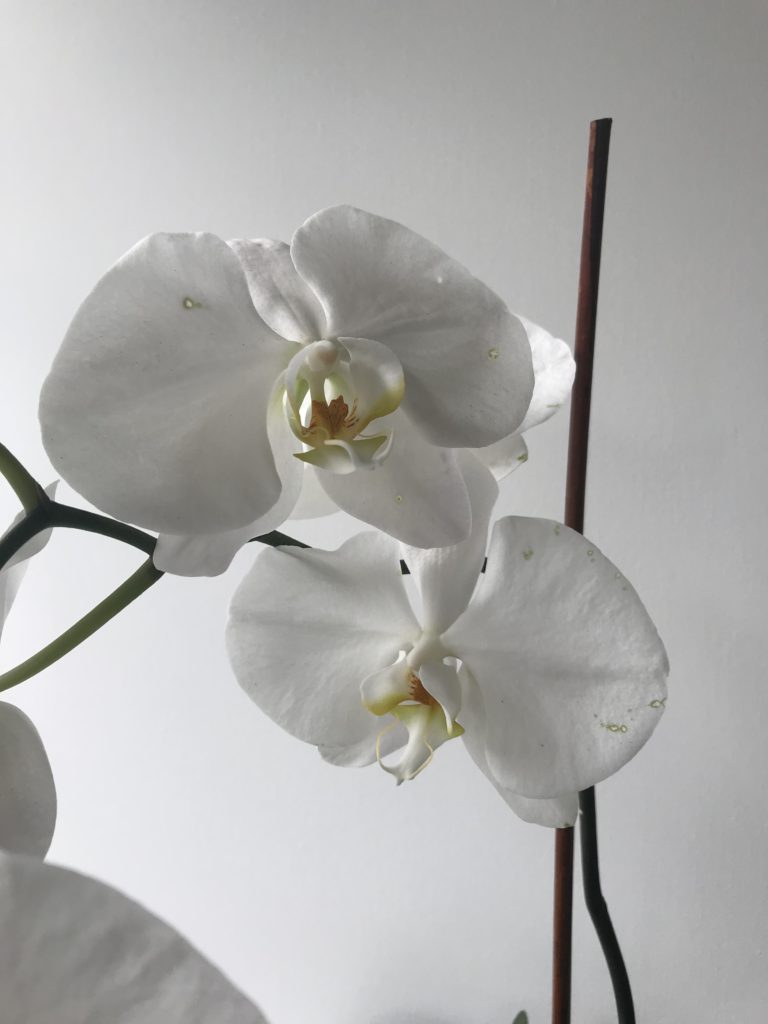
This is called Botrytis. Don’t panic, it just means there is poor air circulation (like a hot porch in summer) or sporadic watering. You may have let the plant dry out too long and then watered. Botrytis is just them letting you know this and not to do it again. You can always cut off the affected flowers if you find them just to hideous to bear.
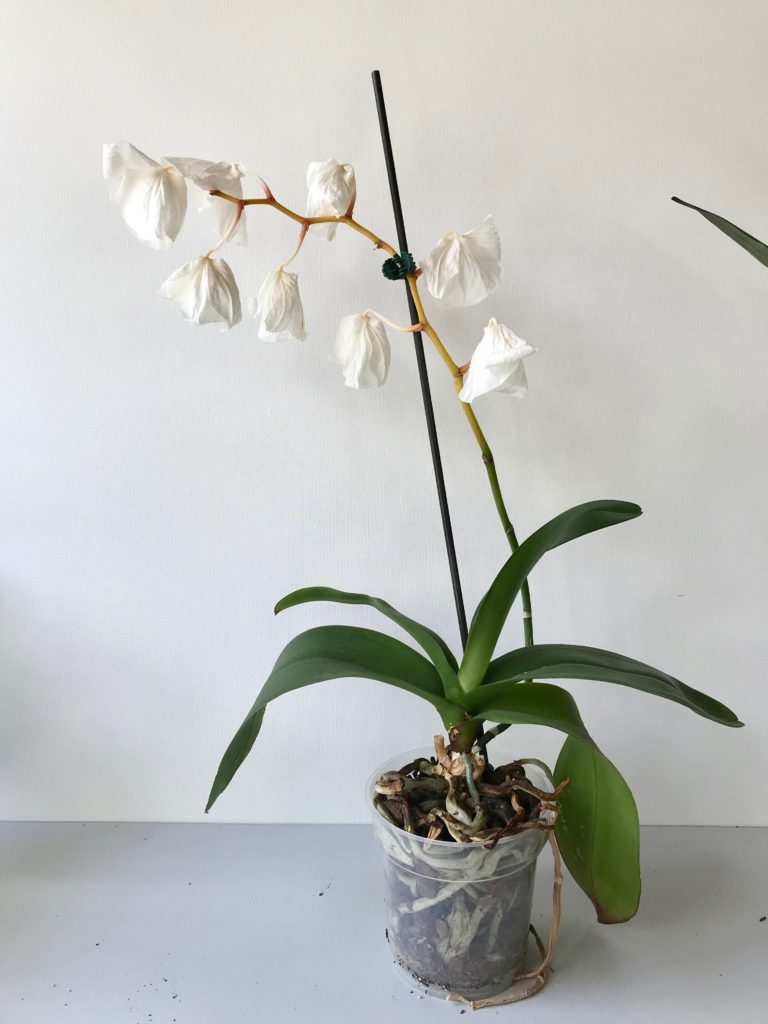
Flowers will die off eventually and you can then trim the flower spike at the base when it turns brown. Soon you’ll see another one form and the cycle will begin all over again, leaving you happy and proud.

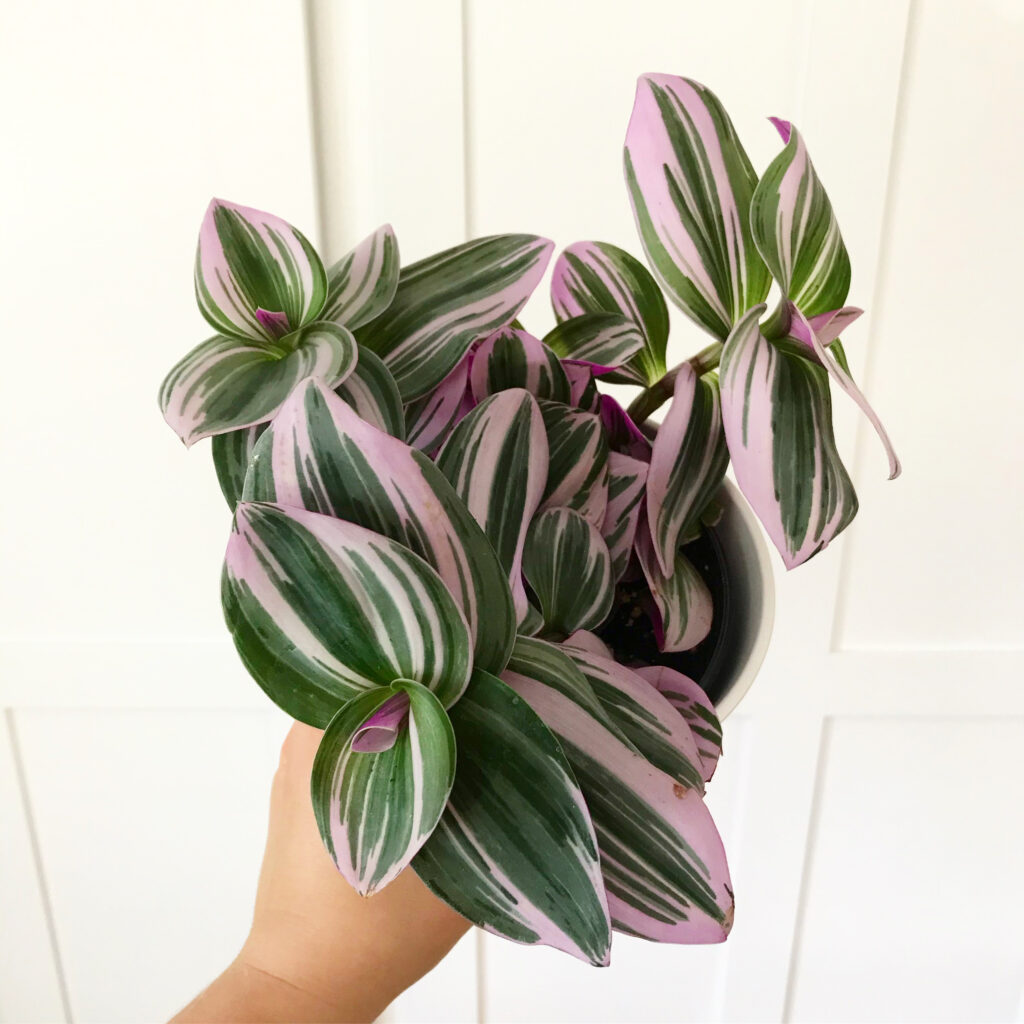
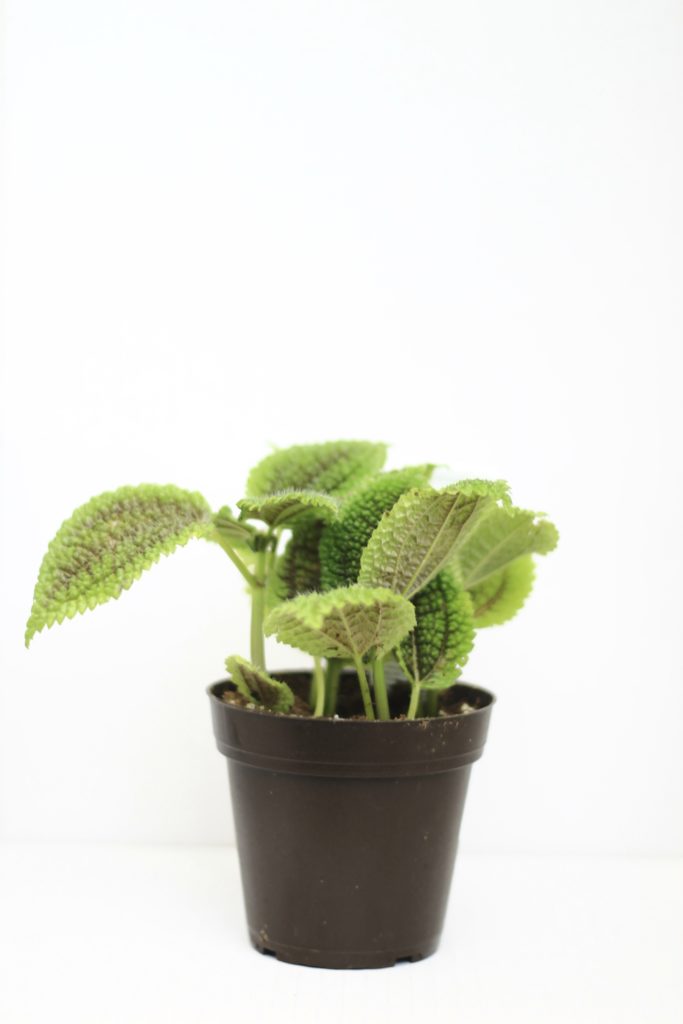
Hi, really enjoying your posts as I’ve recently started a small collection of Moth Orchids 🙂 Regarding the flower spikes, I’ve read that you should cut the flower spikes down to above the second node once they have flowered, rather than cutting them right down to the base. But that is obviously working really well for you! Just curious if you have tried the other method?
Hi Alba – it depends. If the nodes are “dry” and papery then they will not shoot out from there and no flowers will develop. A good node to cut too will be opaque. It’s true, I almost always cut to the bottom and just have better luck with longer blooms and quicker growth that way.
Thank you for all your info, A. I inherited a handful of sad orchids and since the pandemic hit, I’ve been doing my fair share of reading and researching all about plants. The orchids by far are doing the best in my beginner’s jungle! My Q is: if the main roots covered by orchid soil are ok and the orchid has sprouted healthy green aerial roots, should I move it to a larger draining pot and top off with more orchid mix or leave them be? TIA ??
Hi Cat! I would let them be. My orchids all have chubby roots protruding from the top and I always keep the orchid soil a bit loose in the pot and these new roots just open and uncovered. Orchid roots, when happy, grow quickly. If it’s growing very prolific, you can repot when it’s not in bloom, preferably in the warm weather.
Hello, I’m the grim reaper of any house plant. However, I got an orchid last year 2020 for mother’s day after going crazy about how beautiful they were in Walmart. I now have the most beautiful orchid that you ever seen. It looks just like your orchid with the very large white flowers. Honestly, I never thought it could survive with me as it’s Mom. Let me tell you, so so so wrong. It was color infused with a bright pink when I received it. When those flowers began to fall off, I noticed there were big beautiful buds on the same stem but of course they where down further ( or up further depending on if they were clipped to the stake or not) well they all bloomed and all of the blooms are huge gorgeous white flowers like the ones in your pictures. They have been there for 5+ months!!!! I want more of this type of orchid. People that see them are just so amazed. All I do is water it every other Sunday with a half of a cup of water, and keep it in a very sunny room on a table in front of a window. That’s it. But really, almost 6 months with the same beautiful flowers , wow!!! I’m not sure if I should repot cause I feel if it’s not broke then don’t fix it. But I really feel that it needs a bigger pot. Some of the roots are really sticking out
That’s great Tracy! Just so you know, it is 100% normal and healthy for roots to be sticking out, that’s how they grow. Orchids rarely need to be repotted and you shouldn’t do it while they are in bloom. Seeing as you just got it, it shouldn’t need to be repotted for another year+. And a new spike means it loves you – you are clearly doing something right!
Btw, there also is a new flower spike growing. Kind of sideways but I will attache it to a bamboo spike with a clip when it’s a little taller. It’s only about 2-3 inches right now!!
I just got back into orchids after all mine died and I lost motivation to keep them around. I got two and they’ve kept their blooms for about 2 months but are not started to wilt. My questions are: when you cut the spike at the base, does a new spike form or does the existing spike that you cut re-grow? Also, when does your orchids tend to rebloom and for how long?
I always cut the stalk at the base and a month or two go by and another will usually begin to grow at the base, but not always where I cut the last one. My orchids tend to hold onto blooms for about 2 months too, but that’s only if I keep them very well lit and watered. Once they wilt and the stalk turns yellow just cut at the base and they’ll reflower in no time.
Fantastic info on growing orchids.
Bought my first orchid plant last year.
After it bloomed I cut the spike.
Now, a year later, it’s just starting to grow a new leaf and roots.
When will it show a spike?
Should be soon! New spikes look very similar to roots (just chubbier) so you may have one coming, but usually if leaves and roots are coming in a new spike should arrive shortly.
Hello there, hope you’re doing well I have been doing what you mentioned for a year, I would like to provide a picture since my orchid looks really happy but no new spikes or flowers ever since the time I bought it and they fell off.
I have a keiki in the middle of a stem. How and when do I replant?
Hi Suzanne! If you mean replant/snip the keiki, you can take that off the stem and propagate in sphagnum moss. If you mean when to replant the whole orchid, I would just replant now as you would a regular orchid. Unless the orchid is flowering, you can repot it anytime and just repot in orchid mix (I always add some sphagnum too).
Hi Anastasia,
I bought my lady an orchid last year to the week, it’s smaller flowers than yours but bloomed for months which pleased her enormously as she cannot get the hang of looking after plants. So, it’s in an east facing window and gets a misting every other day and watered by soaking then draining when the roots and leaves go dry. So far so good. When the flowers stopped coming she cut the spike down to the second joint, and since then it’s made two young ones! the first is happy in it’s pot nearby and the second is just forming right now. yeah okay, we like babies but any idea how we can get it making flowers again please?
Hi Derek! Light – bright light. I wouldn’t worry about misting anymore (it can actually damage flowers) and just place in a mildly humid and very bright window. She’ll have flowers in no time! It does take a while once the flowers fall for it to produce them again, but light is the key.
Hi I live in south Florida and my orchids are on trees. They used to be like a botanical garden. Now I get tons of spikes that never get buds. Or if I get a few buds I might get one puny flower. Help!!
Hi Bette, first, that’s awesome! The only thing I could think of is maybe the tree they are on is providing too much shade, and they are unable to get the sun they need. There could also be factors like outdoor temperature or weather conditions that could be hindering flower growth. Also, hitting the spikes or having them constantly get brushed against (like if tree leaves constantly touch them) may inhibit flowers.